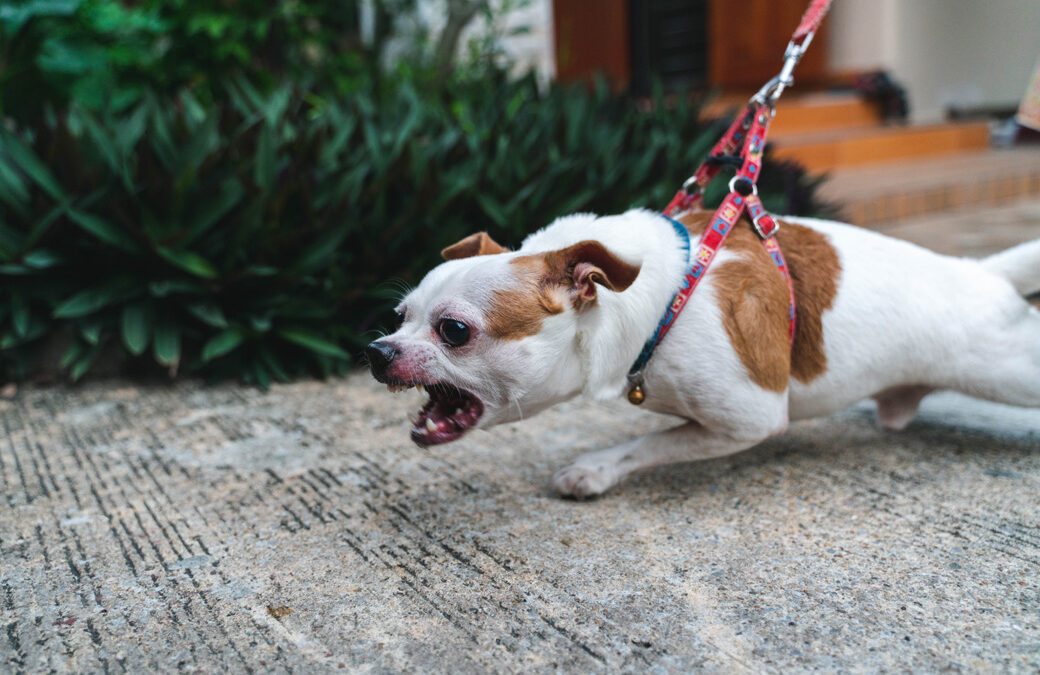Setareh Law
September 13, 2024
In California, dog bites and attacks are not uncommon, and in some cases, they involve animals that the law classifies as “dangerous.” Understanding the legal definition of a dangerous dog is essential for anyone involved in a dog-related incident, whether as an owner, a victim, or a concerned neighbor. Under California law, a dog can be labeled as “dangerous” based on certain behaviors and incidents, which carry legal consequences for its owner. A dangerous dog designation can lead to restrictions, mandatory safety measures, or even euthanasia of the animal.
If you or someone you know has been involved in a dog attack or related incident, understanding your rights and the obligations of dog owners is crucial. At Setareh Law, we have extensive experience helping individuals navigate California’s laws regarding dangerous dogs. Our dedicated team may be able to assist you in holding negligent dog owners accountable and securing the compensation you deserve.
What Is a ‘Dangerous Dog’ Under California Law?
A dog may be classified as “dangerous” in California if it has engaged in certain types of aggressive behavior within a specific timeframe. For example, a dog that has attacked or bitten a person or another domestic animal on at least two separate occasions within a three-year period can be deemed dangerous. Additionally, if a dog behaves aggressively without provocation and causes injury, even if it’s the first incident, the law may still consider it dangerous.
Local authorities have the power to declare a dog dangerous if they determine the animal poses a risk to public safety. The investigation into the dog’s behavior typically involves reviewing incident reports, speaking to witnesses, and assessing any prior complaints. Once a dog is legally designated as dangerous, the owner is subject to strict conditions aimed at preventing future incidents. These conditions often include additional safety measures like secure enclosures, leashing requirements, or mandatory muzzling when in public.
It is important to note that the legal process of designating a dog as dangerous may involve a hearing. During this hearing, evidence will be presented from both the dog owner and those affected by the dog’s behavior. The owner has the right to dispute the claim, but if the evidence supports the dangerous designation, the dog will be legally classified as such, with all associated penalties.
Legal Consequences and Responsibilities for Owners
Once a dog is classified as dangerous, the owner is legally obligated to adhere to specific rules and regulations. In California, these regulations are designed to protect the public while allowing the dog to remain with its owner under strict conditions. For instance, the owner may be required to post warning signs on their property, maintain liability insurance, or install secure fencing to prevent the dog from escaping.
Failure to comply with these regulations can lead to serious consequences, including fines, criminal charges, or even the mandatory removal of the dog. In severe cases, such as when a dangerous dog continues to pose a threat despite these measures, authorities may order the dog’s euthanasia. Owners also risk civil liability if their dangerous dog causes injury after being classified as such. This liability can result in substantial financial compensation owed to the victim for medical bills, pain and suffering, and other damages.
In some situations, owners may choose or be forced to surrender their dog if they cannot meet the legal requirements. When surrender occurs, the dog may be placed in a rescue program, a shelter, or put down if no other options are viable. The overarching goal of these laws is to balance public safety with the rights of dog owners, but they do so with a clear priority on preventing further harm.
Exceptions and Defenses in Dangerous Dog Cases
Not all dog-related incidents result in a dangerous dog classification. California law recognizes certain defenses and exceptions when determining if a dog should be labeled as dangerous. For example, if a dog attacked someone while protecting its owner during a crime or if it was provoked by the person it bit, the dangerous dog designation may not apply. These circumstances are considered during any legal proceedings or hearings related to the case.
Additionally, some jurisdictions in California provide more detailed definitions of a dangerous dog, which may include considering the breed or size of the animal in their decision-making process. However, California state law generally prohibits breed-specific legislation, meaning a dog’s behavior, rather than its breed, is the determining factor in these cases. Even so, local laws can vary, so it is important to understand the specific ordinances in your area.
A dog owner may also present evidence to show that their pet is not dangerous or that they have taken corrective measures to address the behavior, such as training or containment improvements. These defenses can be critical in reducing the penalties or avoiding the dangerous dog designation altogether.
How Can Setareh Law Help if You Are Involved in a Dangerous Dog Case?
If you are dealing with a dangerous dog designation or have been a victim of a dog attack, Setareh Law may be able to assist. We understand how stressful these situations can be and are committed to protecting your rights under California law. Our firm has a proven track record of holding negligent dog owners accountable and ensuring our clients receive the compensation they are entitled to for their injuries. You do not have to face this legal process alone.
At Setareh Law, we take pride in offering unparalleled client service, from personalized consultations to aggressive representation in court. We handle cases on a contingency fee basis, meaning you do not pay unless we secure a favorable outcome for you. Contact us today at (310) 659-1826 or through our contact form.


